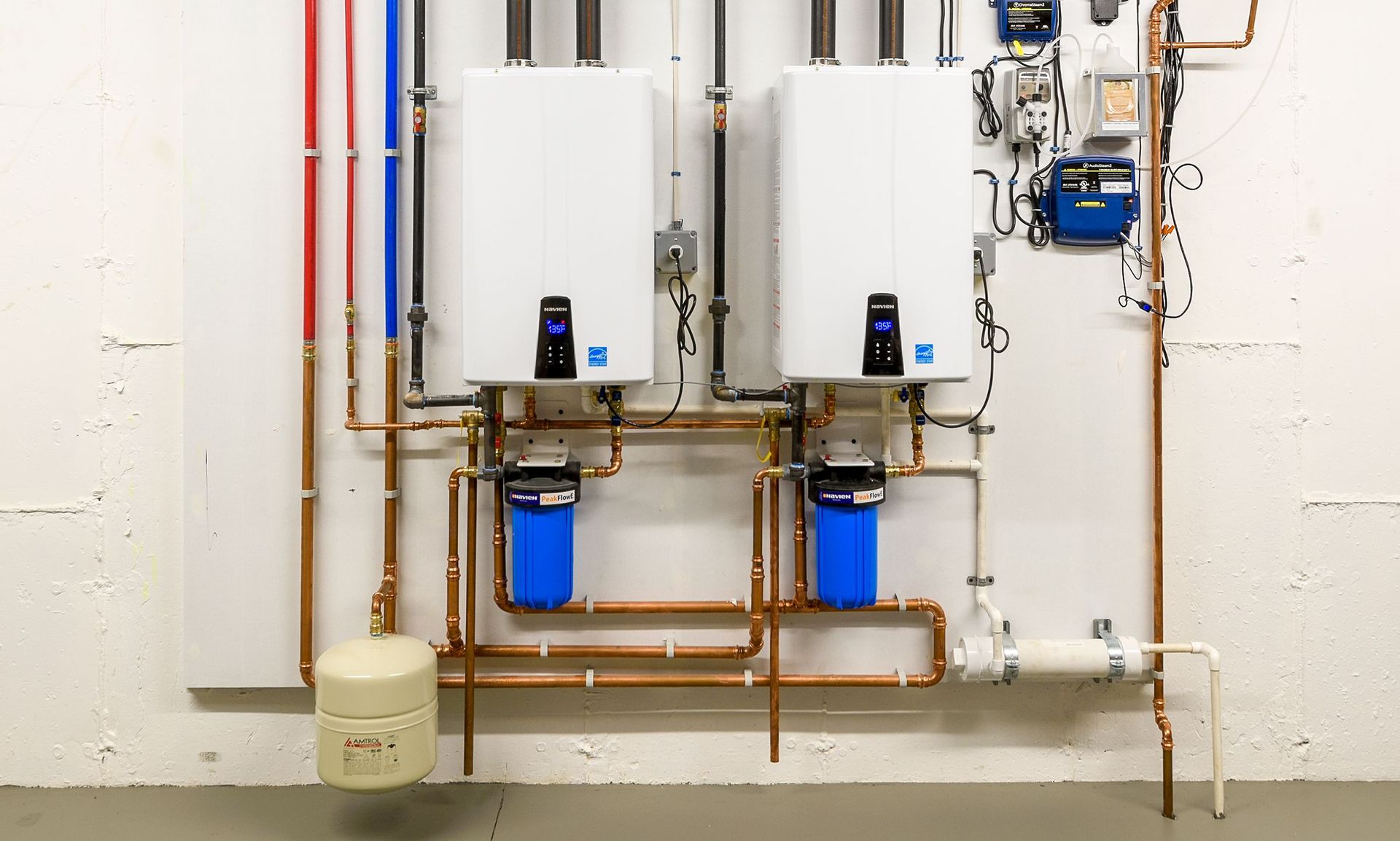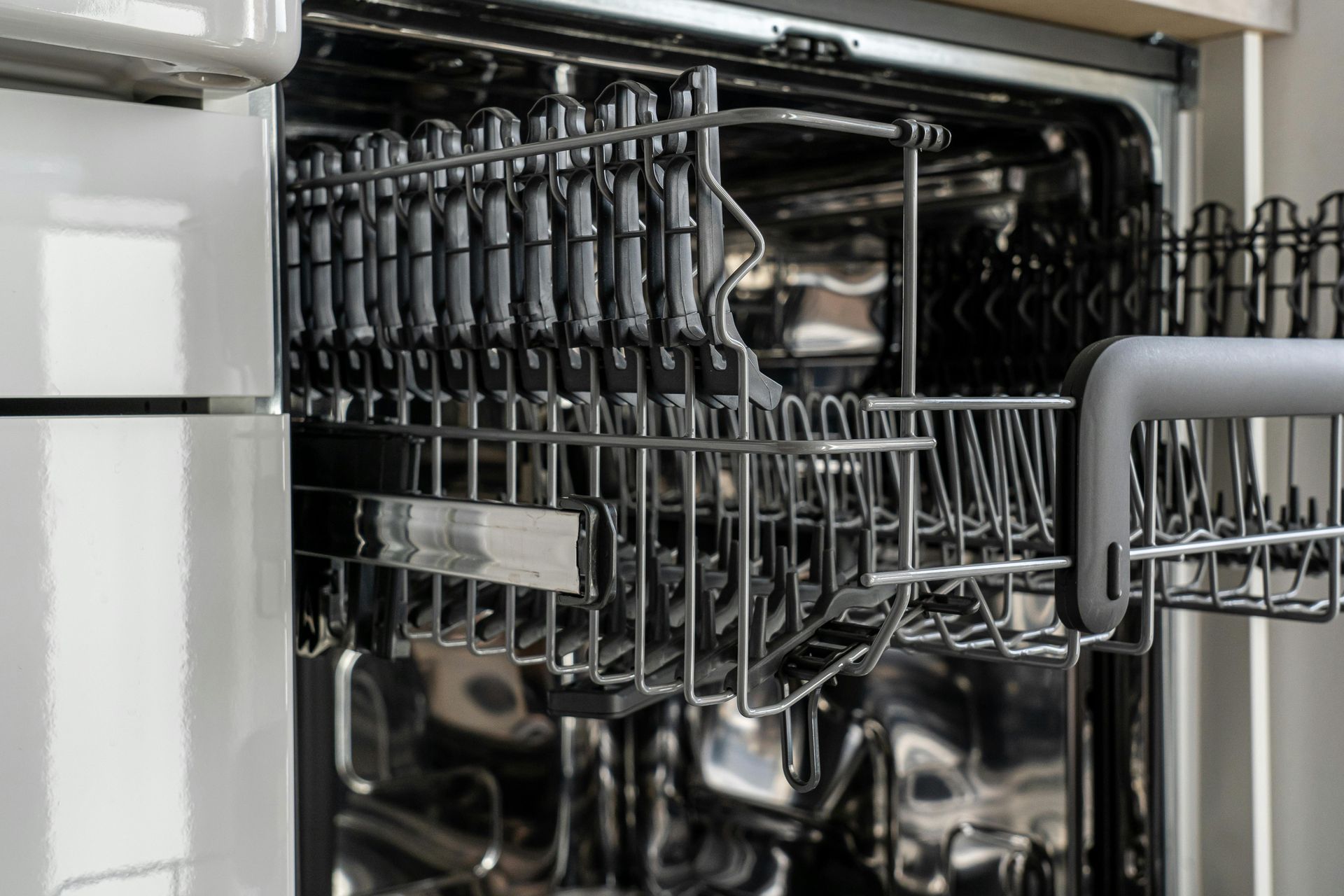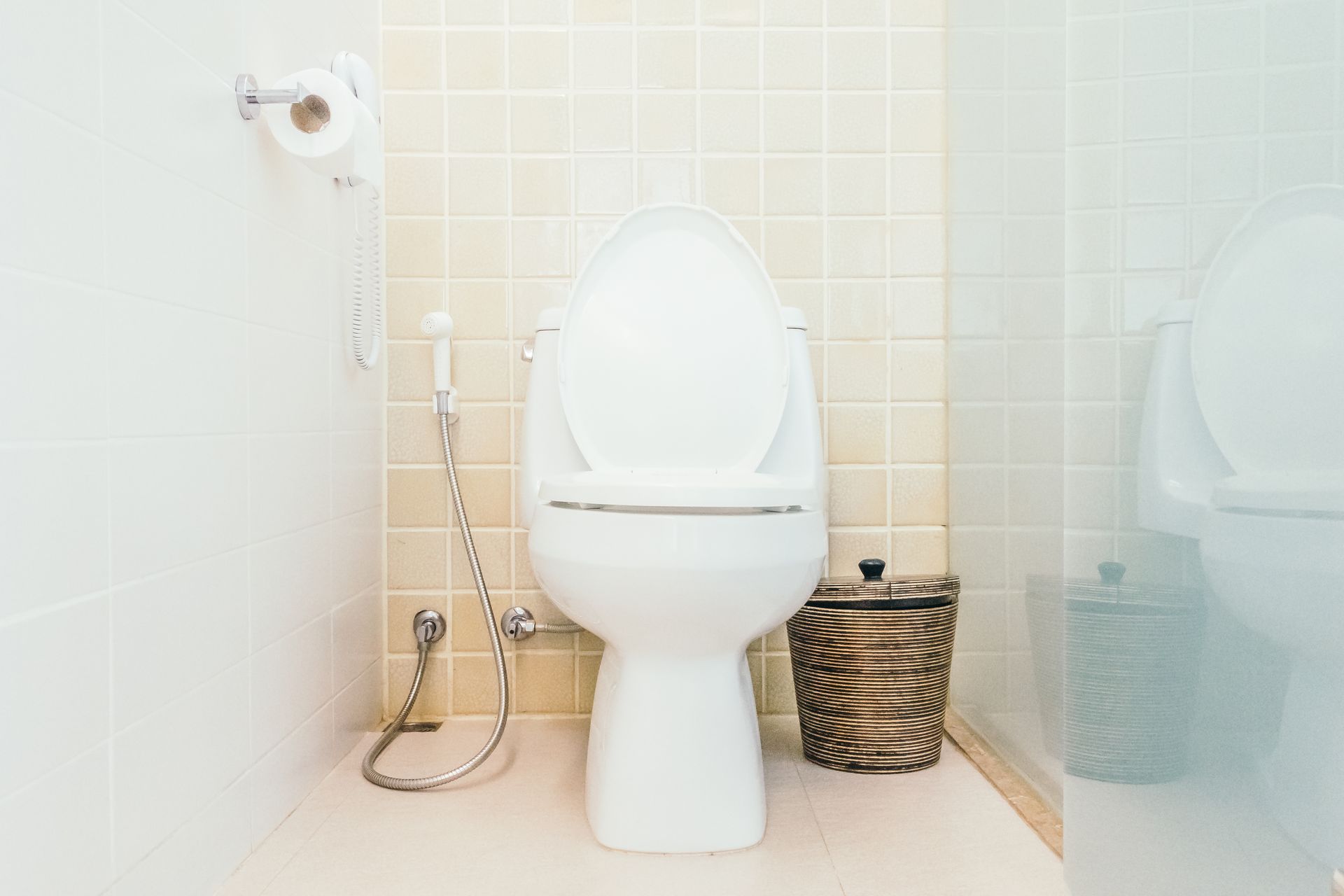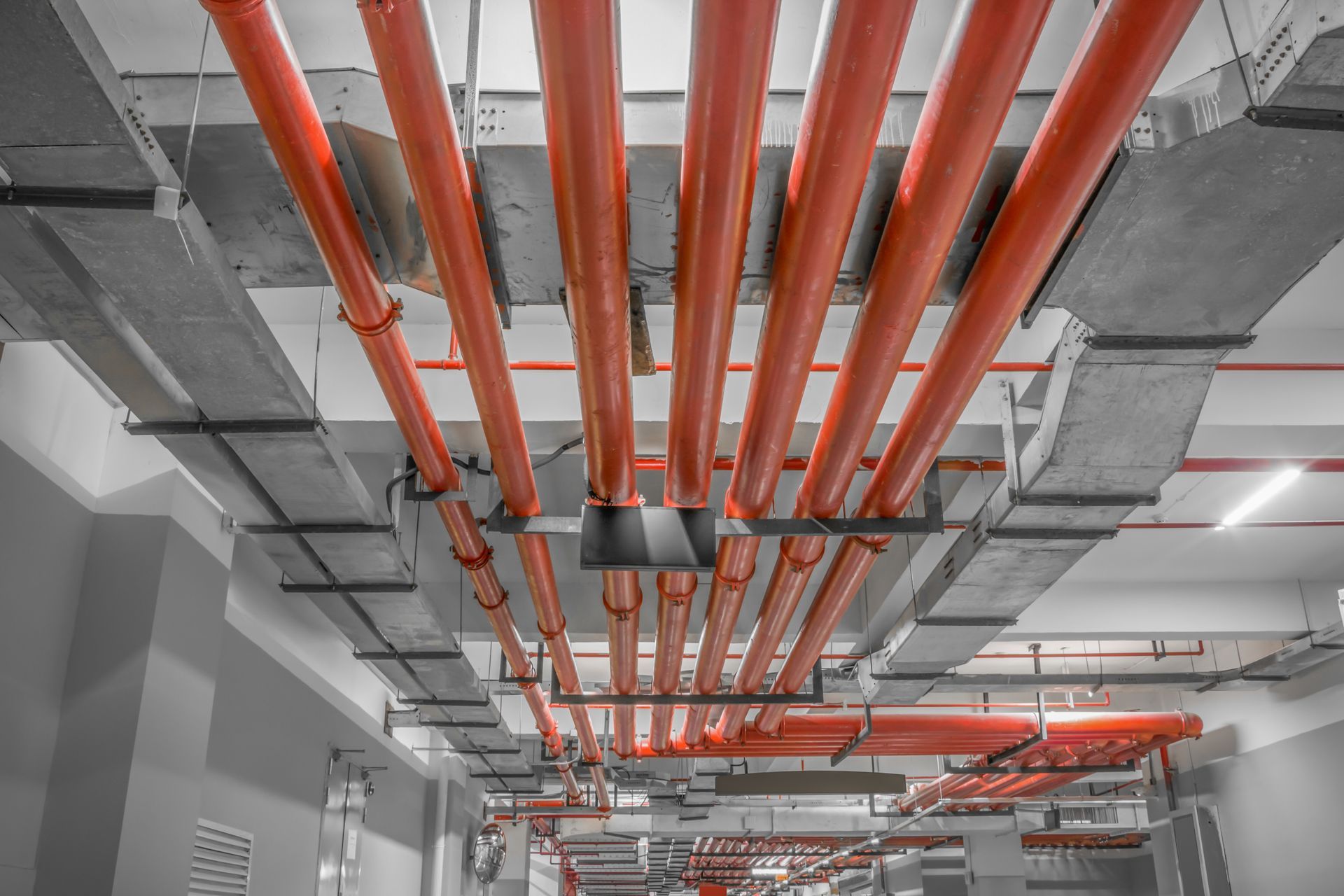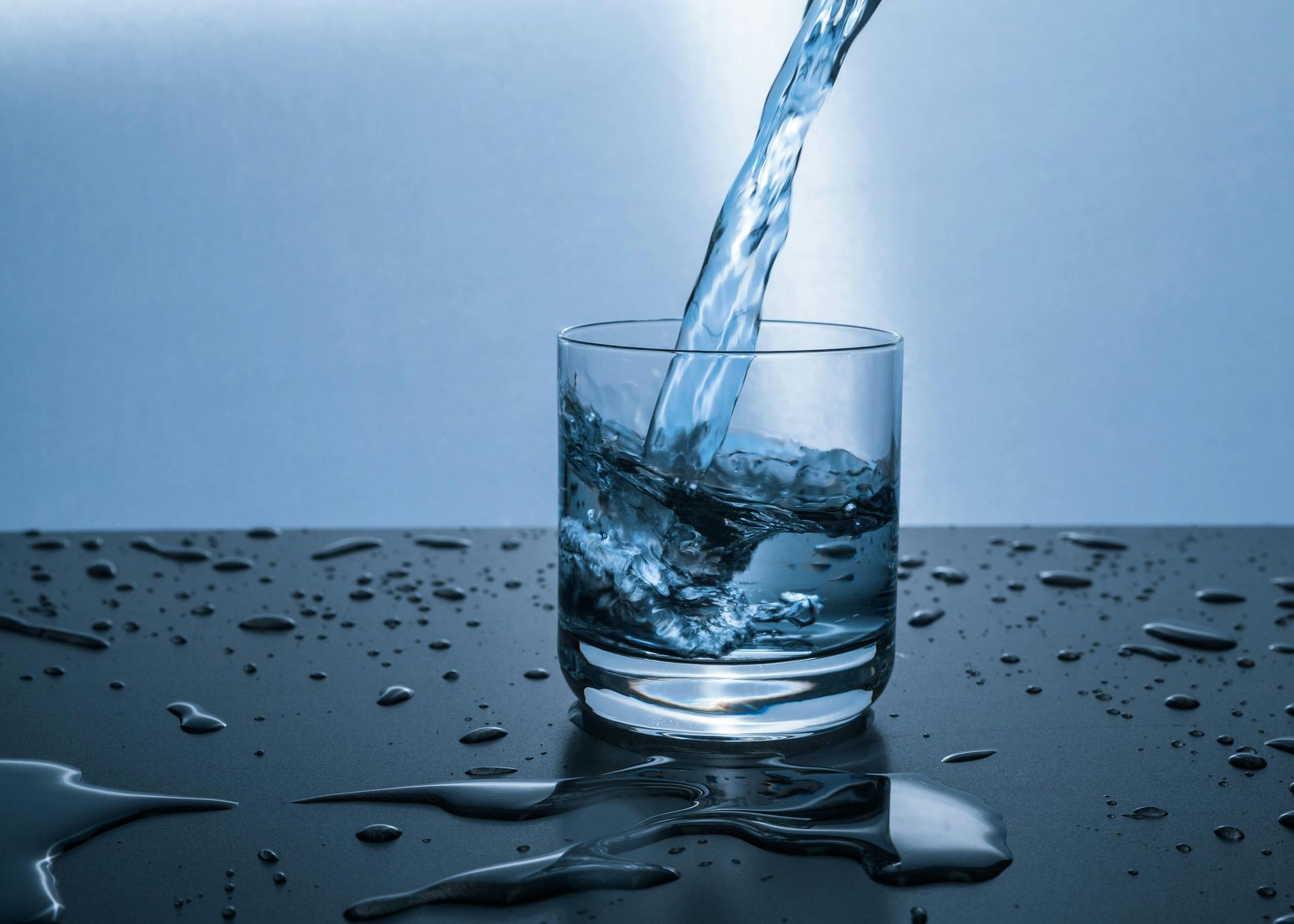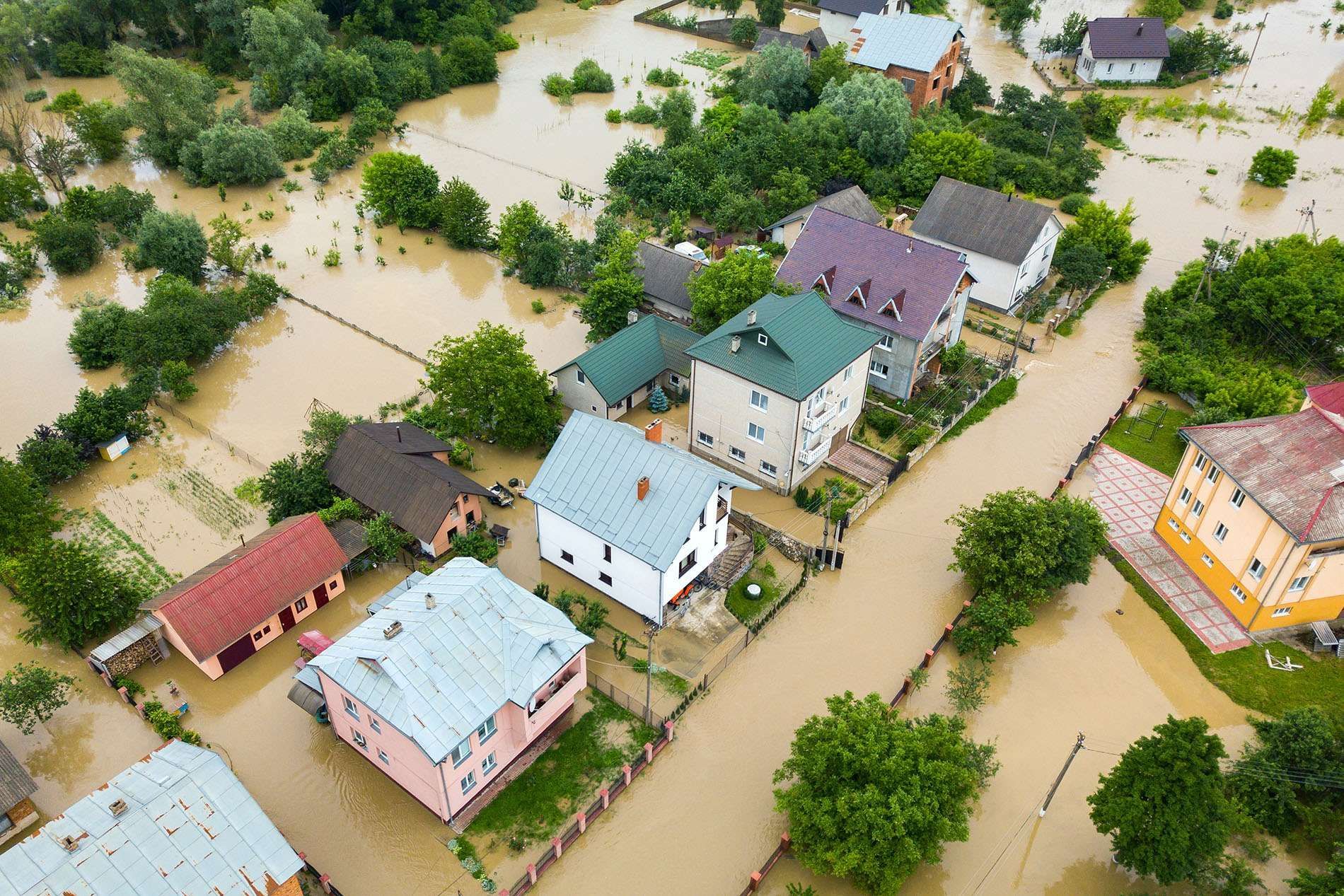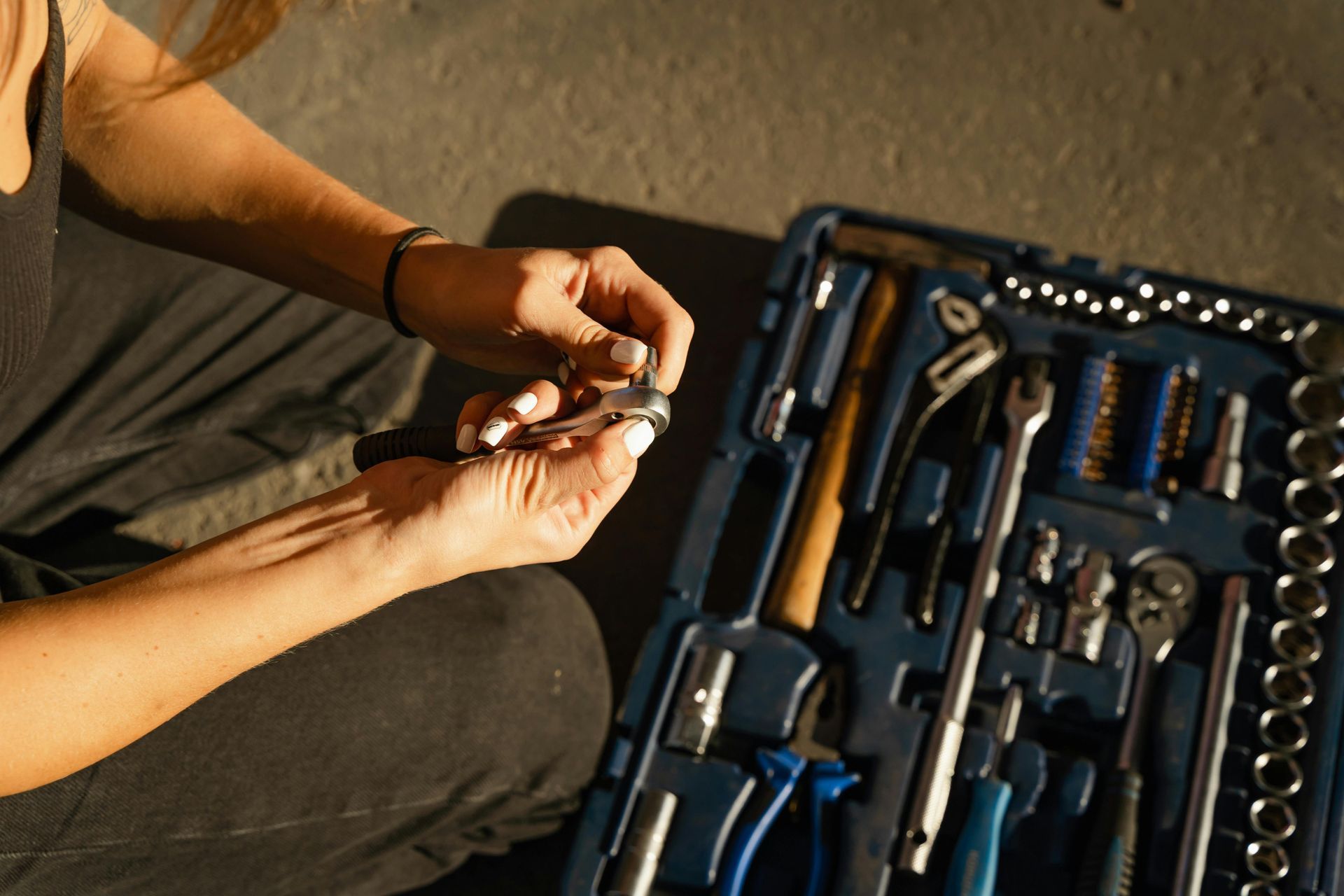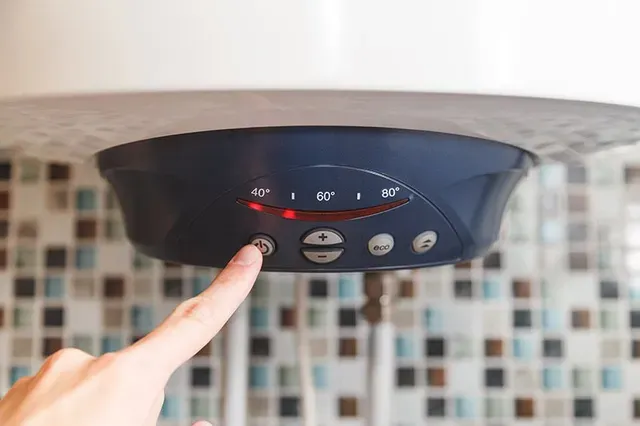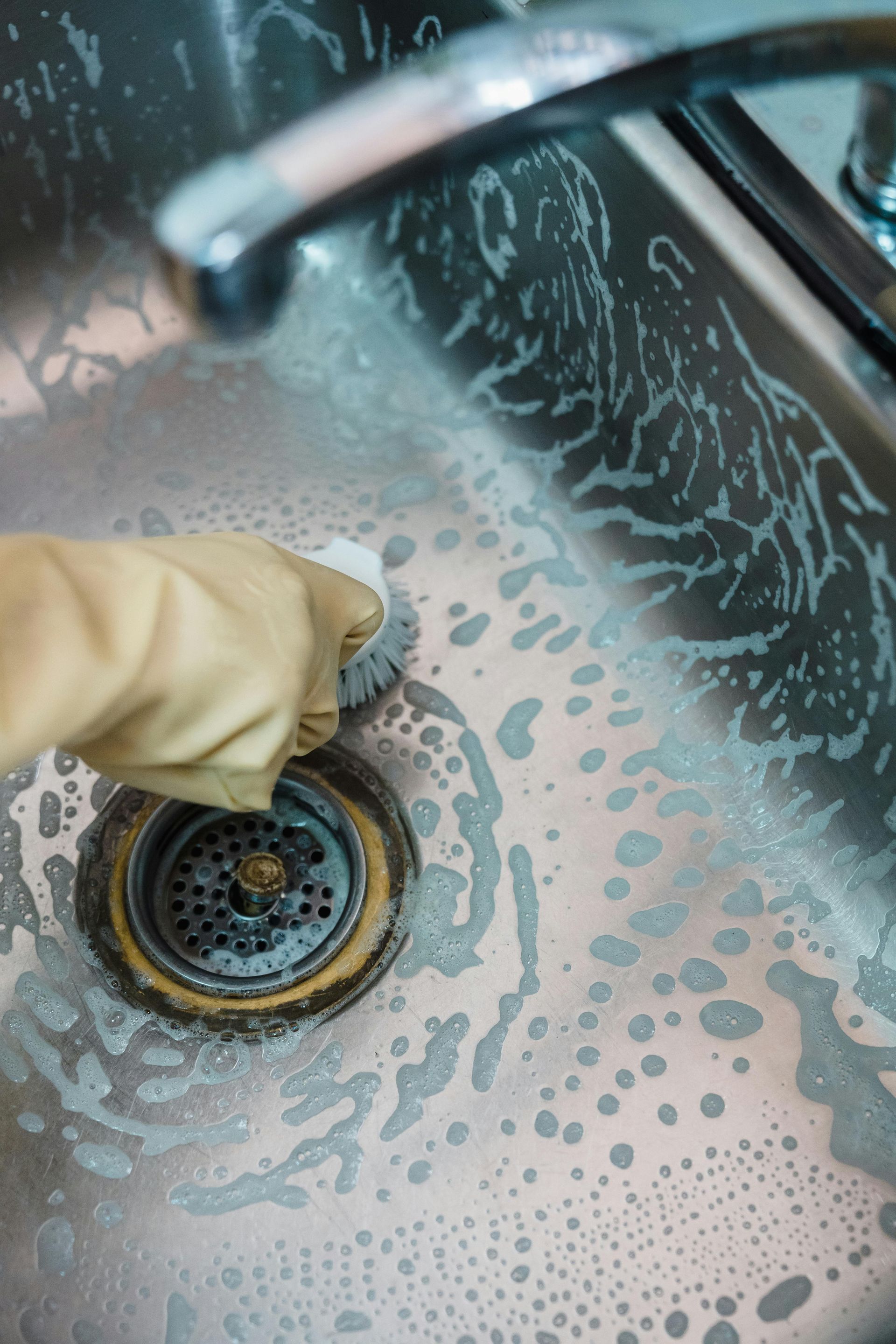How to Prevent Frozen Pipes in Winter: A Step-by-Step Guide
Winter brings its own set of challenges for homeowners, and one of the most common and costly problems is frozen pipes. When water inside pipes freezes, it expands, creating pressure that can cause pipes to crack or burst, leading to extensive water damage and expensive repairs. Preventing frozen pipes is essential to protect your home’s plumbing system and maintain a steady water supply throughout the cold months. This detailed guide will walk you through the essential steps to safeguard your pipes from freezing and how to handle the situation if freezing does occur.
Understanding Why Pipes Freeze
Water freezes at 32°F (0°C), and when temperatures drop below this point, especially for prolonged periods, water inside exposed or poorly insulated pipes can freeze. The expansion of freezing water exerts tremendous pressure on pipe walls, often causing them to rupture. Pipes located in unheated areas such as basements, attics, crawl spaces, garages, and exterior walls are particularly vulnerable. Recognizing these risk zones in your home is the first step toward effective prevention.
Step 1: Insulate Vulnerable Pipes
One of the most effective ways to prevent pipes from freezing is to insulate them properly. Use foam pipe insulation sleeves or rubber foam tubing to cover any exposed pipes, especially those in unheated or drafty areas. Insulation helps maintain the water temperature inside the pipes by reducing heat loss to the cold air. For pipes that are difficult to insulate, electric heat tape or heat cables can be applied. These devices provide controlled warmth to pipes and are especially useful in extremely cold climates.
Step 2: Maintain a Consistent Indoor Temperature
Keeping your home’s interior temperature stable is crucial during winter. Set your thermostat to no lower than 55°F (13°C), even when you are away or asleep. Sudden drops in temperature can increase the risk of freezing pipes, so maintaining consistent warmth helps keep water flowing. It’s also advisable to open cabinet doors under sinks to allow warmer air to circulate around plumbing in those enclosed spaces. This simple step can make a significant difference in preventing freezing.
Step 3: Allow Faucets to Drip
Allowing a slow drip from faucets connected to vulnerable pipes is a practical and proven method to prevent freezing. Moving water is less likely to freeze than stagnant water. Even a small trickle reduces pressure buildup inside pipes, which is especially important during severe cold snaps. Focus on faucets located farthest from the main water supply, as these are often the most at risk. This method also helps relieve pressure in the system, reducing the chance of pipe bursts.
Step 4: Seal Cracks and Openings
Cold air entering your home through gaps and cracks can chill nearby pipes, increasing the risk of freezing. Inspect your home’s exterior for openings around windows, doors, vents, and where pipes enter the house. Use caulk, weather stripping, or expanding foam to seal these gaps effectively. Properly sealing your home not only protects your plumbing but also improves overall energy efficiency by preventing heat loss.
Step 5: Disconnect and Drain Outdoor Hoses
Before the first freeze, disconnect garden hoses and drain water from outdoor faucets. Leaving hoses attached traps water in exterior pipes, which can freeze and cause damage. If your outdoor faucets have shut-off valves inside the house, turn them off and drain the lines. Additionally, use insulated faucet covers to protect outdoor spigots from freezing temperatures.
Step 6: Prepare Vacant Homes and Seasonal Properties
If you plan to leave your home vacant during winter, take extra precautions. Turn off the main water supply and drain the entire plumbing system to prevent standing water from freezing. Some homeowners add non-toxic antifreeze to drains as an additional safeguard. Maintaining a minimum temperature of 55°F inside the home is also recommended if you choose to keep the water supply on. These steps are often required by insurance companies to avoid claims related to frozen pipes.
What to Do If Your Pipes Freeze
Despite all precautions, pipes can still freeze. Early detection is critical to minimizing damage. Signs of frozen pipes include frost on the pipe exterior, reduced or no water flow, and unusual noises like banging or gurgling when faucets are turned on. If you suspect a frozen pipe, keep the faucet open to allow water to flow as the ice melts, which helps relieve pressure.
To thaw frozen pipes, apply gentle heat using a hairdryer, heating pad, or space heater, starting closest to the faucet and moving toward the frozen section. Never use an open flame or high-intensity heat source, as this can damage pipes or cause fire hazards. If you are unsure or unable to thaw the pipe safely, it is important to know when to call a professional plumber to avoid further damage.
Additional Tips for Winter Plumbing Safety
Maintaining your plumbing system during winter also involves routine checks and awareness. Monitor your water pressure regularly, as sudden drops can signal leaks or blockages caused by freezing. If you ever find yourself wondering what to do if your water pressure drops suddenly, it may be related to partial freezing or pipe damage, and immediate action or professional consultation is advised.
Regularly inspect insulation, heating elements, and seals throughout the winter season to ensure they remain effective. Investing in professional winterization services can also provide peace of mind, especially in regions prone to extreme cold.
Conclusion: Proactive Measures Save Time and Money
Preventing frozen pipes requires a combination of proper insulation, temperature management, and vigilant maintenance. By following these step-by-step guidelines, you can significantly reduce the risk of frozen or burst pipes, avoiding costly repairs and water damage. Remember that preparation is key-taking action before the cold sets in is far easier and more economical than dealing with the aftermath.
If you encounter persistent plumbing issues or are uncertain about your home’s vulnerability, consulting a licensed plumber can provide tailored solutions and professional winterization services. Protect your home this winter by staying informed, prepared, and proactive.
